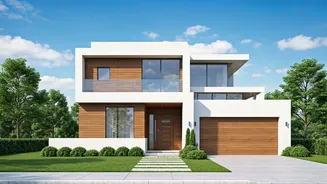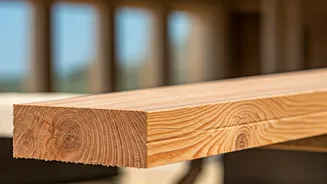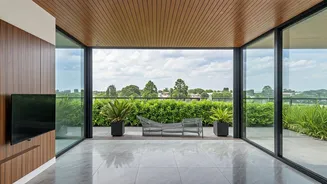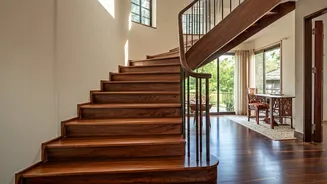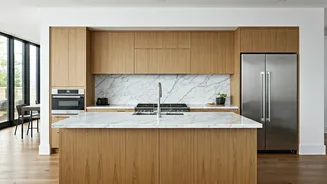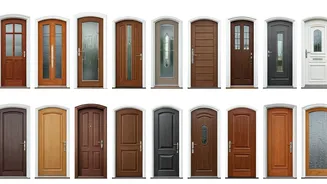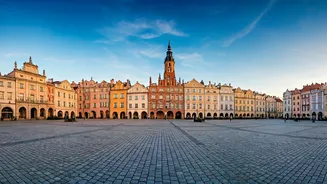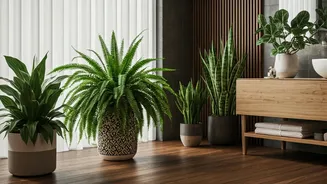Modern Glass Facades
Modern homes often embrace glass for their front elevations, offering a sleek, contemporary look. Incorporating large glass panels allows natural light
to flood the interiors, creating a bright and airy atmosphere. The use of glass also lends a minimalist aesthetic, perfect for those seeking a clean, uncluttered design. For instance, consider floor-to-ceiling windows or glass balconies to enhance the modern appeal. Remember that while glass offers a stunning visual, it is essential to consider privacy and energy efficiency when selecting this option. Tinted glass or strategically placed landscaping can help balance these factors. The overall design should integrate the glass seamlessly, blending it with other materials to create a harmonious and visually appealing facade that stands out in the neighborhood. This approach to modern design provides a sense of openness and connection to the outdoors, making the home feel more inviting.
Victorian Tile Designs
Victorian homes are known for their intricate detailing and ornate designs, and the front elevation often reflects these characteristics. Victorian-style front elevations frequently feature detailed tile work, adding texture and visual interest. These tiles can be used to create patterns, borders, or even entire sections of the facade. The color palette typically includes rich, warm tones like reds, greens, and golds. Incorporating stone or brick accents with the tile further enhances the Victorian aesthetic. Additionally, the inclusion of architectural elements such as arches, columns, and decorative moldings strengthens the overall look. Selecting tiles with specific patterns such as floral motifs or geometric shapes adds a layer of sophistication, ensuring the facade remains visually engaging and true to the Victorian style. A well-executed Victorian tile design not only enhances curb appeal but also reflects a commitment to classic beauty.
Stone Elevation Themes
Stone is a timeless material that adds both durability and beauty to a home's front elevation. Stone elevations come in various styles, from rustic to contemporary. For a traditional look, consider using natural stone in various sizes and shapes, creating a textured and organic appearance. Alternatively, modern designs may use sleek, cut stone panels for a more streamlined look. The use of stone offers versatility in terms of color and texture, allowing designers to create unique facades. Darker stones often provide a sense of gravitas and sophistication, while lighter stones can brighten the home's exterior. Stone can be combined with other materials such as wood or glass to add contrast and visual interest. Carefully consider the type of stone, its installation method, and the overall design scheme to create a stunning and long-lasting front elevation. Stone offers an opportunity to infuse the facade with natural beauty.
Compound Wall Designs
The compound wall is a crucial component of the front elevation, as it frames and secures the property. The design of this wall should harmonize with the house's style. For example, a modern home may benefit from a sleek, minimalist wall made of concrete or metal, while a traditional home might use brick or stone. Consider adding decorative elements such as wrought iron gates or architectural accents to elevate the design. The height and material of the compound wall should be carefully considered, balancing aesthetics, security, and privacy. Incorporating landscaping elements like plants, hedges, or climbing vines can further enhance the compound wall's appearance, blending it seamlessly with the natural environment. Ensuring proper lighting, whether from strategically placed spotlights or integrated fixtures, adds functionality and enhances the aesthetic appeal of the compound wall during the evenings.
Small House Designs
Even small houses deserve a striking front elevation, and clever design choices can make a significant difference. Utilizing vertical space is key. Consider adding a small balcony or using a steeply pitched roof to give the illusion of height. Light colors, reflective surfaces, and large windows can make the facade feel more spacious and inviting. The choice of materials should complement the size of the house, opting for materials that are visually appealing but not overwhelming. Minimizing clutter and keeping the design simple and clean can prevent the space from appearing cramped. Integrating smart landscaping such as small, well-placed trees or shrubs can enhance curb appeal. Ultimately, a well-designed front elevation for a small house is a testament to how creative design can maximize aesthetics regardless of size.
Wooden Elevation Ideas
Wood offers a warm and natural aesthetic for front elevations. Wood can be used in various ways, from cladding entire facades to creating accents. For a modern look, consider using wooden panels with clean lines and minimal detailing. Alternatively, a rustic style can be achieved with rough-hewn timber or reclaimed wood, adding character and charm. Wood's natural colors can be enhanced by stains, paints, or left to weather naturally. Remember to use appropriate wood treatments to protect it from the elements. Combining wood with other materials such as stone or metal can create a visually interesting contrast. Incorporating elements such as wooden pergolas, shutters, or front doors will enhance the wooden theme throughout the overall look. Wooden elevations infuse a touch of nature into the home's exterior, offering a unique blend of warmth and elegance.
Brick-Style Facades
Brick provides a classic, durable, and versatile option for front elevations. Brick facades can be designed in numerous styles, from traditional red brick to contemporary brick with varied textures and colors. A classic brick front elevation offers timeless elegance, while modern designs may utilize brick in innovative ways, such as creating patterns or combining it with other materials. The choice of brick color and texture can significantly impact the overall look. For instance, darker bricks offer a sense of grandeur, while lighter bricks create a more airy feel. Experimenting with brick bond patterns, such as running bond, stretcher bond, or Flemish bond, adds visual interest and uniqueness. Properly maintaining the brick facade is crucial for long-term durability. Brick continues to be a favorite, offering both beauty and functionality for front elevation designs.
3D Elevation Designs
3D elevation designs use advanced techniques to create realistic and visually stunning facades. This method enables the visualization of how a house will look before construction, allowing for adjustments and refinements. 3D designs incorporate textures, colors, and shadows, providing a comprehensive view of the architectural elements. These designs often utilize specialized software to model the exterior in detail. 3D designs are helpful for both homeowners and designers, as they provide a clear understanding of the project's visual impact. Choosing the right design can be very difficult so these 3D models can improve the decision-making process. The use of 3D technology in front elevation design is becoming increasingly popular, providing a practical and aesthetically appealing approach to the design process.
Villa-Style Elevations
Villa-style front elevations are known for their grandeur and elegance, often inspired by Italian or Mediterranean architecture. These designs typically feature symmetrical layouts, stucco walls, and red-tiled roofs. Arched doorways and windows, along with detailed ornamentation, give the villa a sense of luxury. The inclusion of balconies, terraces, and courtyards is another common characteristic. The color palette often includes warm, earthy tones, such as creams, terracotta, and ochre. Landscaping elements, such as olive trees, fountains, and lush gardens, are key in adding to the overall aesthetic. Selecting high-quality materials and paying attention to detail are essential to achieving an authentic villa-style look. Villa-style elevations create an ambiance of serenity and sophisticated living.
Ultra-Modern Designs
Ultra-modern front elevations reflect contemporary aesthetics with clean lines, geometric shapes, and minimalistic detailing. These designs emphasize functionality and sleek aesthetics. Often featuring large expanses of glass, they integrate indoor and outdoor spaces, creating a sense of openness. The choice of materials typically includes concrete, metal, and glass, creating a strong visual impact. The color palettes are often neutral, with accent colors used sparingly. Smart home technology and energy-efficient systems are often integrated into ultra-modern designs. These types of designs showcase innovation and progress, reflecting a commitment to forward-thinking design. Ultra-modern front elevations are perfect for those who want a home that is both visually stunning and technologically advanced, making a bold statement about contemporary design.
